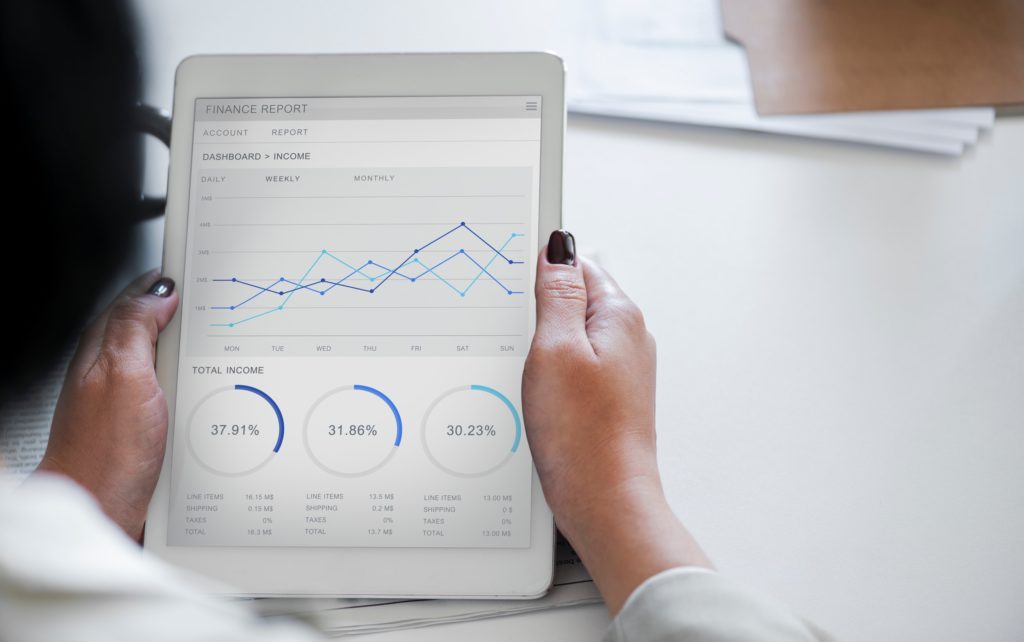To succeed in eCommerce you must get your pricing right when compared to the competition. Are you taking advantage of the moment when the competition runs out of stock? Do you automatically react when your conversion figures are low? What do you do when your competitor changes their prices, whether it be an increase or decrease? How do you avoid a price war?
There are plenty of avenues to go down regarding this wide topic. In this blog post, I will limit myself to explaining a good structure for competitor based pricing for eCommerce. I will cover the steps involved as well as a few scenarios which require different configurations. Continue reading »






